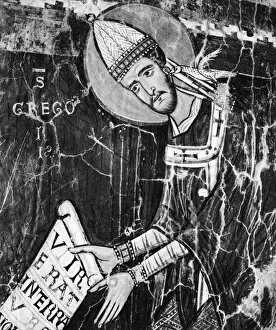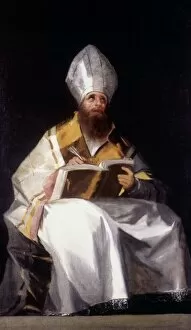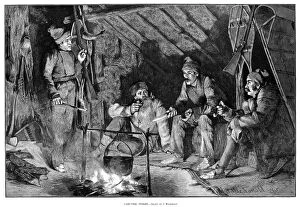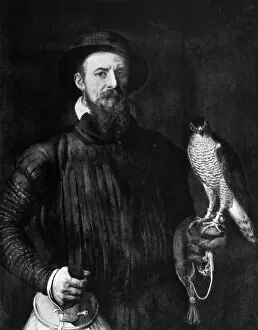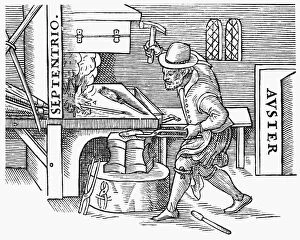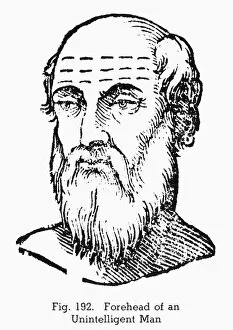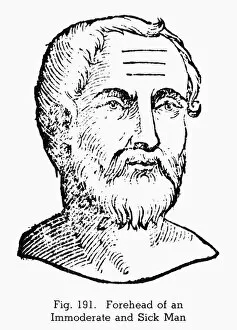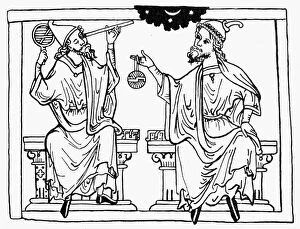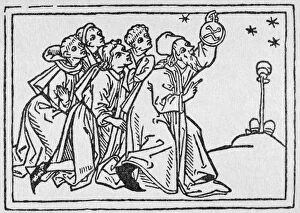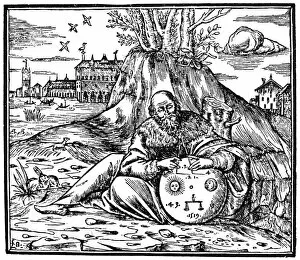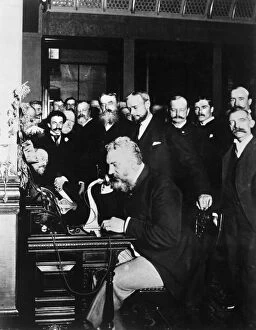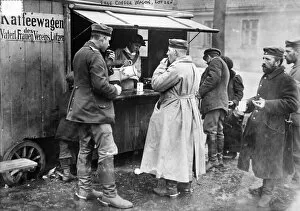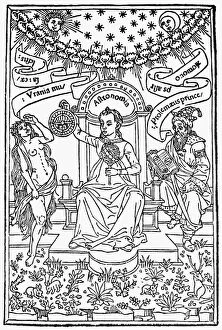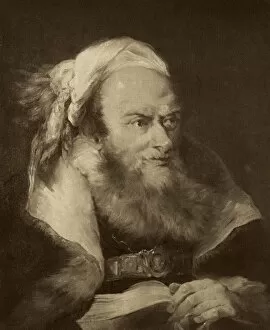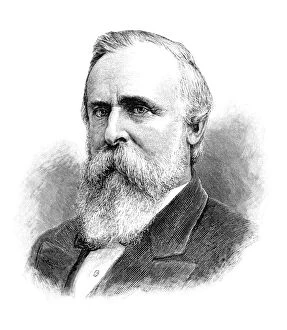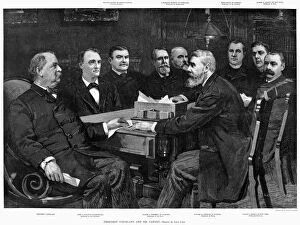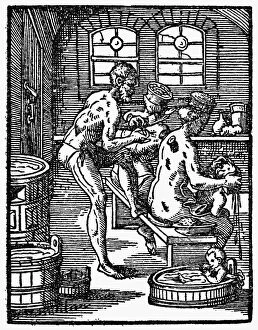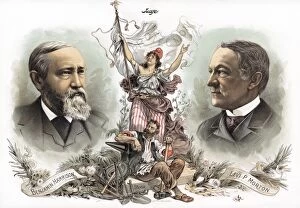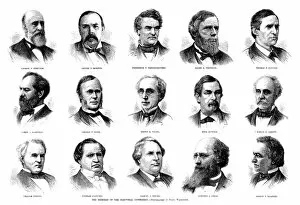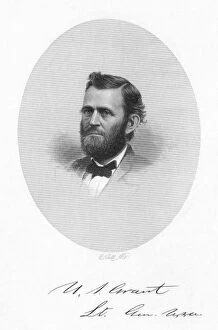Beard Collection (#98)
"The Timeless Symbol of Power and Wisdom: The Beard" Throughout history, the beard has been a prominent feature that symbolizes various qualities such as strength
For sale as Licensed Images
Choose your image, Select your licence and Download the media
"The Timeless Symbol of Power and Wisdom: The Beard" Throughout history, the beard has been a prominent feature that symbolizes various qualities such as strength, wisdom, and leadership. From ancient times to modern days, notable figures have sported beards that have become iconic representations of their character. Take a glimpse into the past with the bust of the Roman emperor Marcus Aurelius. His majestic beard reflects his authority and intellectual prowess, reminding us of his influential reign during the second century AD. Moving forward in time, we encounter the Boxer of Quirinal or Terme Boxer statue. Despite its battered appearance, this masterpiece showcases an impressive facial hair style worn by athletes in ancient Rome - a testament to their resilience and determination. In religious artistry, Jesus Healing The Sick portrays Christ's compassionate nature while sporting a humble yet dignified beard. This depiction emphasizes his divine power combined with human empathy. Shifting gears to more recent history, Malcolm X emerges as an emblematic figure known for his activism and advocacy for civil rights. His full beard exudes confidence and defiance against societal norms - a visual representation of his unwavering commitment towards justice. Not limited to humans alone, even animals like the Bearded Dragon possess distinctive features that resemble facial hair patterns found on men. These reptiles showcase nature's creativity in bestowing unique attributes upon different species. The painting Moses by Millais captures another captivating moment where hands are raised in awe-inspiring reverence. Moses' flowing white beard signifies age-old wisdom as he leads his people through trials toward liberation from oppression. Grigori Rasputin's enigmatic persona is accentuated by his long untamed beard which adds an air of mystery surrounding him during Russia's tumultuous era at the turn of the 20th century. General Ulysses S. Grant stands tall amidst The American Civil War with an authoritative presence emphasized by his distinguished facial hair style – reflecting his resolute leadership and strategic brilliance.





